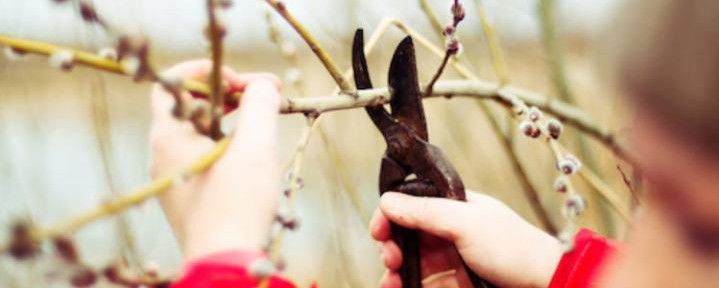
Pruning trees is that of a hit-and-miss kind of situation that gets put off for a better time or a right time of year, but for some reason, that time ends up being the wrong time, every time. So, when is the best time to prune trees?
As it turns out, in my mind anyway, it is easier to figure out when is the worst time to prune your trees because even with the best of intentions stuff happens. It may be the weather, The Super Bowl, or “can’t find those pruning shears”, and it always seems like there is always something else to do.
Then mid-summer rolls around and you are out back admiring your domain when you notice all that new growth shooting straight up through the older branches in your trees, that you would almost swear was not there at the last barbecue. Now your trees are looking gnarly and unkept and you say to yourself, “I didn’t do it again!” Well, there is always next year!
Best Time To Prune Trees
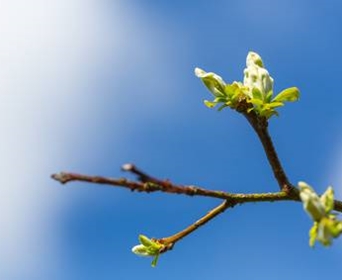
Hands down the best time to prune your trees would be late winter, almost early spring. That is when the tree is dormant and sap has not started to flow into the branches.
If you miss that window and see baby leaf buds starting to pop then you have missed your window and would be better off waiting another year. When you prune branches with the sap running you are going to get bark splits and rips thus giving a possible avenue to some sort of disease past the tree’s bark, its first defense, to its inner bark and moist cambium layer, shortening the life of your tree.
By pruning when they are dormant gives them the best chance to grow over and seal off the pruning cuts with that spring surge of growth. As nature would have it, a tree’s dormant stage is also the dormant weather for bacteria, molds, and mildews that cause disease in trees.
Prune or Trim
Pruning and trimming are often referred to as the same thing but they are really two different actions that benefit a tree’s overall health. When you prune your trees you cutting off dead, diseased stubs and branches, and clearing the canopy of any loose or broken branches.
You want to pay close attention to branches growing near to one another and prune the least one if they are rubbing. The very small single twigs growing off the main limbs can be pruned from down low and well into the main and secondary limbs. Your goal is to make the overall shape of the tree uniform, making way for air and sunlight to penetrate well into the canopy.
Trimming a tree is where you are trimming back overgrown plants. I combine the two and call it truning.

When I am preparing to trune a tree I stand back away from the tree and look into the tree’s limbs to get a feel for places that may be getting too thick and limbs that may have forked into 2,3, or even four branches within close proximity of one another.
In some cases, you can lighten the weight load by removing one of the forks. You also want to focus on removing the sprouts that are growing straight up.
I like to trim limbs that crisscross each other, taking away from the flow of the uniform clusters of branches. Limbs that rub, over each other will create a wound that could be a window for bacteria.
You want the clusters growing near each other but not touching or growing into the same space. Just a little space goes a long way, especially if you observe your trees and prune yearly, one can see the benefits from year to year. Water Sprouts and Suckers need to be truned away always!
Over Pruning
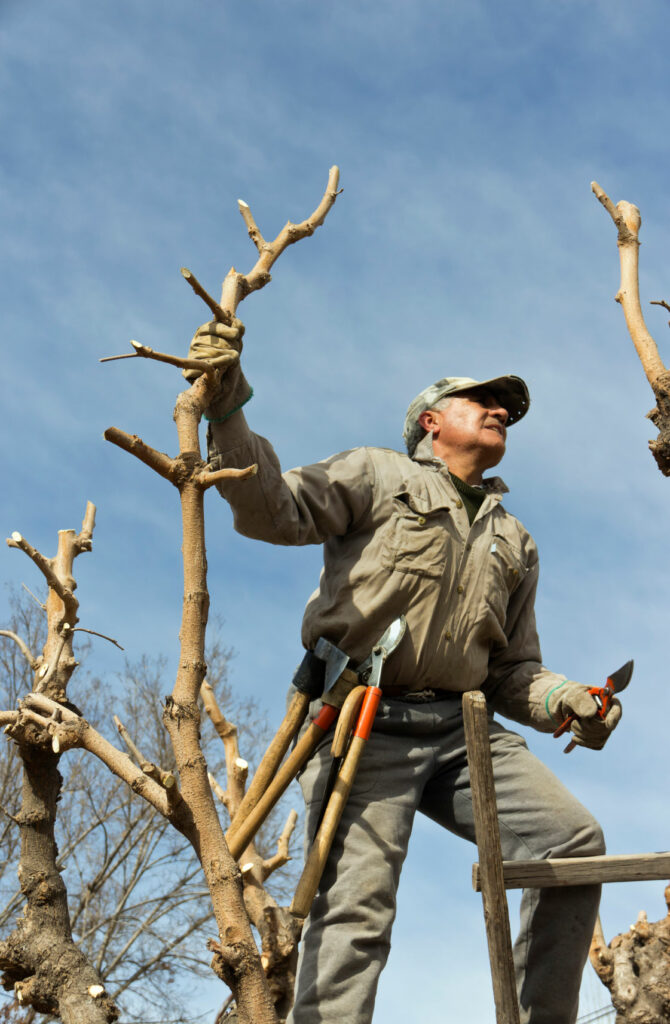
Just like the old saying goes,” Too much of anything is not good for you,” so it is with the trees and their upkeep. You are just wanting to promote a good uniform canopy that is allowing all of the life-sustaining nutrients that are provided by nature to penetrate.
If you feel that you may have gone overboard with your truning then you may want to consider getting a nutrient spike for that particular species of tree.
Your local greenhouse or arborist should be able to help you with a suitable product. Circulating air is essential for a healthy tree. Some species of trees, by design, will need more sunlight than others but circulating air is a common denominator needed by all healthy trees.
Proper Pruning Cut
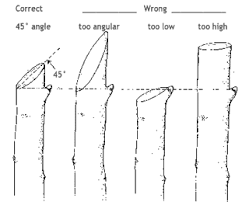
When you are making your cuts you want to try and prevent any rips, tears, or peals in the bark of the tree that could expose any of the moist and softer wood.
Any blemishes, bruises even the cut itself could be an avenue for bacteria taking hold in a tree. One break in the bark on a tree can affect the entire tree to the point that it could die.
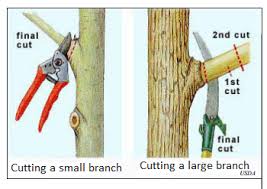
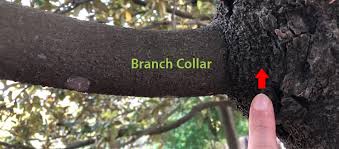
So, on a larger branch, you want to make your first cut about a foot from the main trunk or branch, on the bottom of the branch being truned. Then a little farther out make your second cut on top of the branch cutting down and through the piece. This type of cut will keep any bark tears from occurring. You can now make your last cut just at or beyond the branch collar at the main trunk or branch where the now stub grew from.
I know a lot of you will be on the ground with that extend-a-pole saw but, if you take your time you can still do that double cut, helping to minimize the wound caused by pruning. Make your cuts as verticle as possible.
I once had a mature cherry tree that would produce like crazy. Every year it was a war with the birds on who got the most cherries. One spring day I went to the Dollar Store and purchased five or six large plastic snakes and threw them up into the tree. Yes, it slowed them down but after about a week the birds figured out that the snakes were not moving and posed them no threat.
I had to go back to the store and buy more snakes, but this time I tied a fishing string to them and pull them out of the tree every couple or three days, and repositioned them, much better.
I won the war that year! Then the following spring a violent thunderstorm rolled through and broke a small branch from the lower section of my cherry tree. It split the branch and I trimmed it the best that I could. That tree did not even bear one more cherry and died out two years later.
Fruit Trees
To prune or not to prune? That is the question. As a rule of thumb, when you start pruning you can not stop pruning. A neglected tree that was being pruned in the past, will become extremely gnarly whereas a tree that was maybe just shaped early on and let grow naturally will not be so unruly.
Both are good ways to manage your trees. The reason for pruning fruit trees to start with is to maximize the harvest of more robust fruit. Both management styles will produce a good harvest where a pruning regiment would be a must in a commercial scenario. Shoot for a bowl shape tree or canopy with a sparse center.
Horizontal limbs can carry more weight when it comes to fruiting trees so keep this in mind when pruning let’s say, an apple tree or peach tree that bears a heavier fruit.
How to Trim Evergreen Bushes

It is best to prune your evergreen bushes starting in mid-spring ahead of any new growth. Fluff the branches with a rake or garden tool to remove dead leaves, twigs, and branches. Strive to not shape your plant into a box, square, or ball but instead look closely at your plant and prune to keep its natural form for that individual plant.
By doing this you will accent your landscape as a whole and not draw attention to any particular section. Cut the branches that have grown higher than the rest of the plant. Also, you are going to want to prune around the edges of your plant to keep its circumference in check.
Safe Truning

When all of the stars have lined up and you are ready to trune you need to stop and make an assessment of your own capabilities and the tools at hand. A Pole saw would be a safe choice as it will keep you on the ground which is always a safer place to be. If you have decided that you must use a ladder, then make it a strong, durable one that can safely do the job.
Next, step back, look around the trees that you are going to be working on and if any of them are within range of any type of utility wires then stop and call a professional.

Hello there! Oh wow this has been a really education piece! I had no idea there was a difference between trimming and pruning a tree. This gives me a better idea of how to take better care of the fruit trees that my parents have planted since I was born. In a sense, the trees are the same age as I am. We definitely have a cherimoya tree that has grown quite tall and sometimes hits the telephone wires so I usually have to climb up to trim. I also did not know about the angles of pruning cuts, it really helps.
Hi. My mum has a couple of fruit trees in her yard. Mostly citrus fruits and a mango tree. They usually get pruned or trimmed once a year.
I dare say that all along the trees had not been treated right. More often than not the branches are being torn off due to the blunt tools in use.
I definitely agree that breaks on the bark of a tree can be disastrous because that is what happened to mum’s mango tree. After a heavy trim, more like being cut down, the tree endured several cuts on the trunk. In some places, it looked like the bark was peeling off. We were concerned that it will eventually die.
However, a couple of weeks later we saw some new sprouts. We are now hopeful that it will once again bear those juicy mangos.
Sometimes we don’t realize that the way we go about handling a tree we can cause so much harm to it.
Thanks for this great information.
Carol
Lucky you got a Mango Tree!
Yes, the bark is a trees’ first defense just our skin is ours.
Thank you for the kind comments.
Oh I do like your combination of trimming and pruning, called truning. My husband normally prunes the fruit trees and olives that we have on out property, but it is always my job to prune the roses and hydrangeas. I normally work on the principle of after the winter, but as the sap rises, without cutting off the new growth, or at least not too much of it.
I have made the mistake of pruning before the last frost and getting damage to my roses, but generally I prune just as I see the new buds pushing through on the hydrangeas. That of course is different on fruit trees and also varies in different parts of the world.